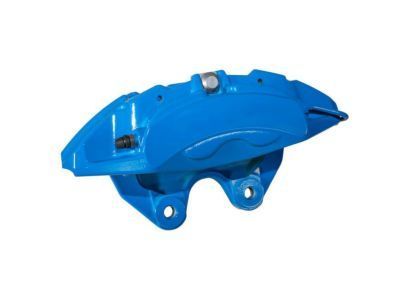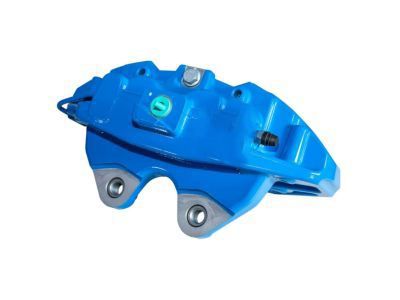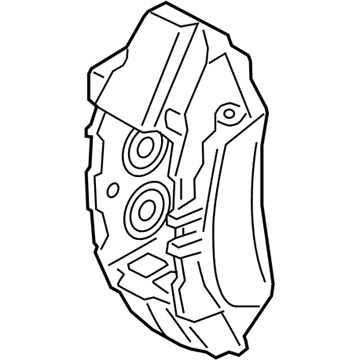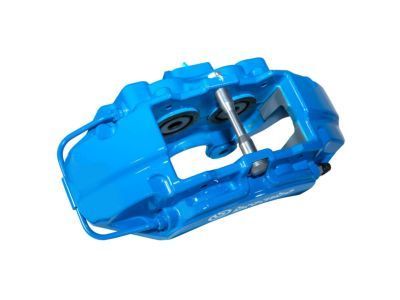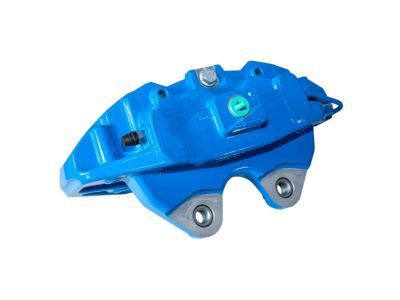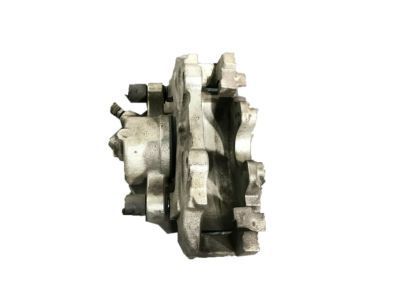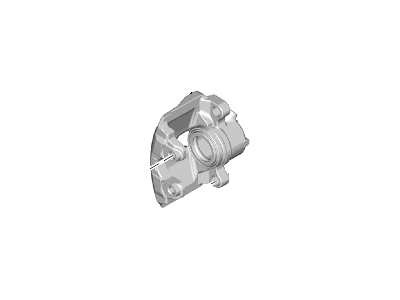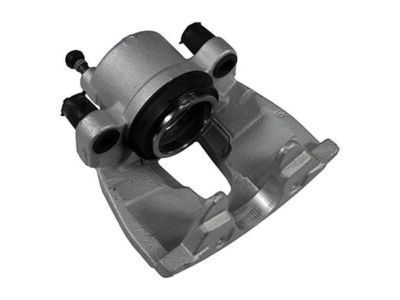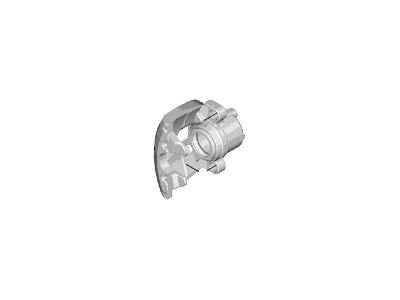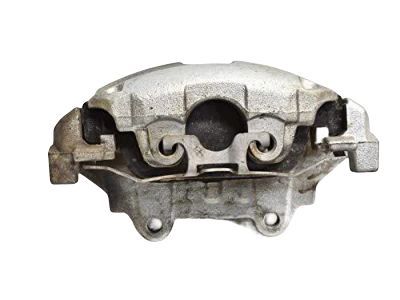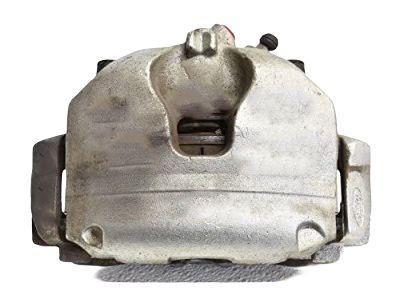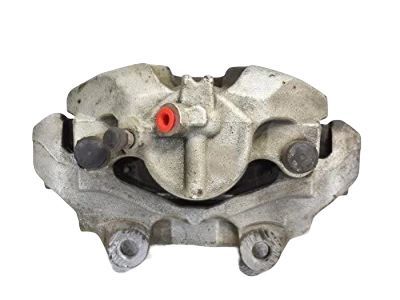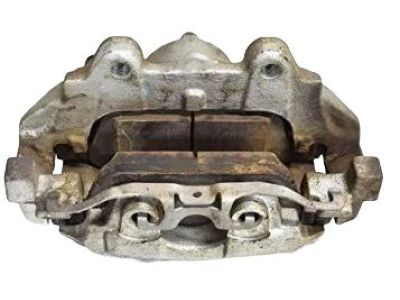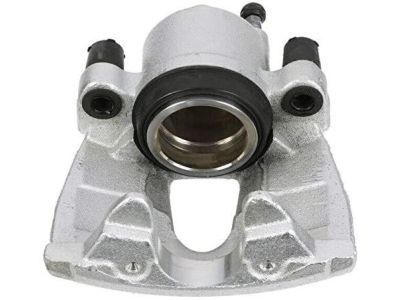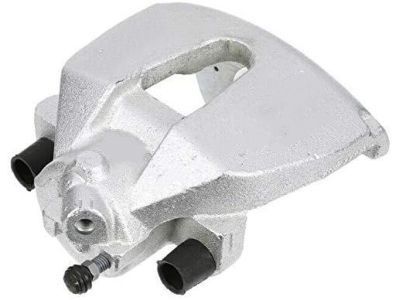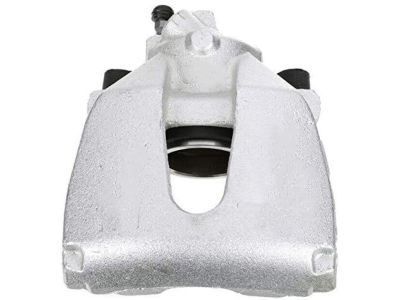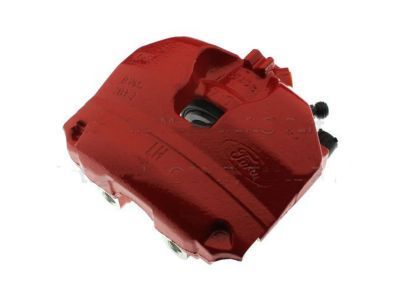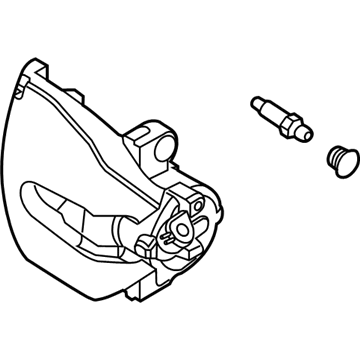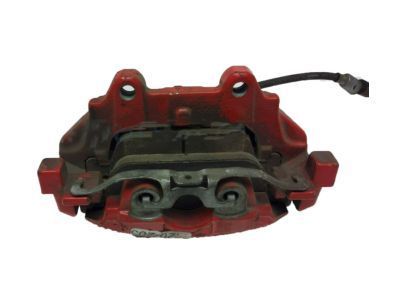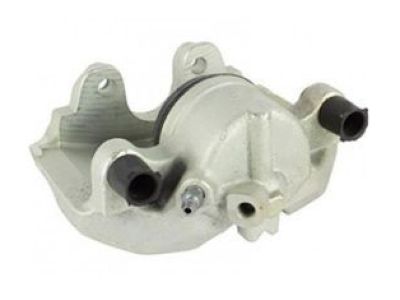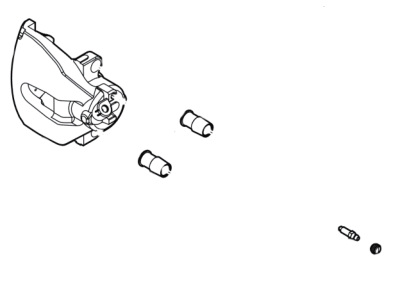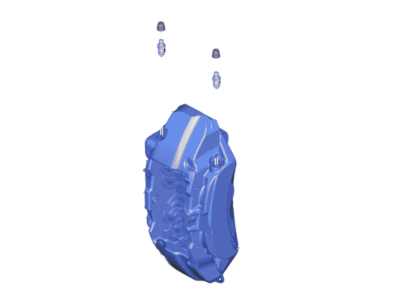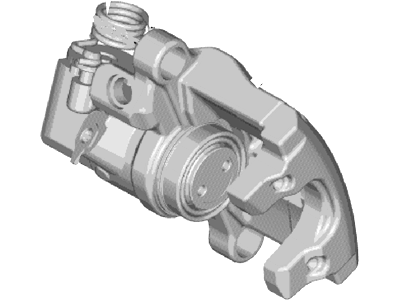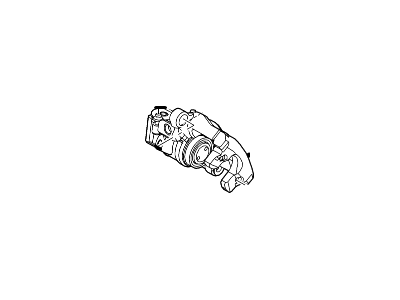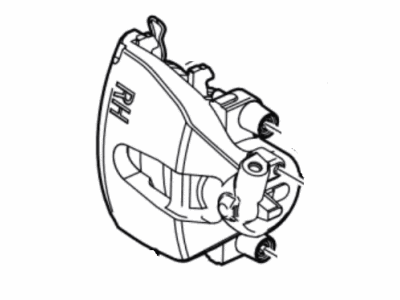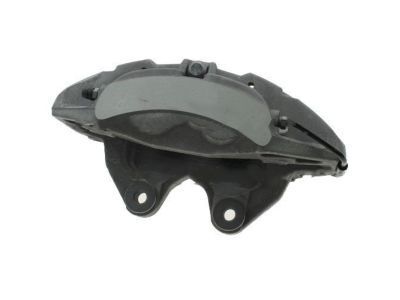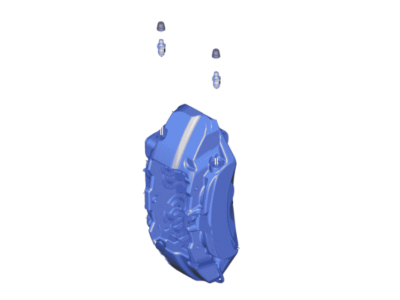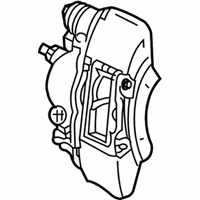

My Garage
My Account
Cart
Genuine Ford Focus Brake Caliper
Caliper- Select Vehicle by Model
- Select Vehicle by VIN
Select Vehicle by Model
orMake
Model
Year
Select Vehicle by VIN
For the most accurate results, select vehicle by your VIN (Vehicle Identification Number).
57 Brake Calipers found
Ford Focus Brake Caliper Assembly-Less Pads
Part Number: G1FZ-2B120-B$135.09 MSRP: $394.55You Save: $259.46 (66%)Ford Focus Brake Caliper Assembly-Less Pads
Part Number: G1FZ-2B121-B$280.96 MSRP: $380.00You Save: $99.04 (27%)Ford Focus Brake Caliper Assembly-Less Pads
Part Number: BV6Z-2B120-A$92.25 MSRP: $153.82You Save: $61.57 (41%)Ships in 1-2 Business DaysFord Focus Brake Caliper Assembly-Less Pads
Part Number: CV6Z-2B121-A$80.93 MSRP: $134.73You Save: $53.80 (40%)Ships in 1-2 Business DaysFord Focus Brake Caliper Assembly-Less Pads
Part Number: BV6Z-2B121-A$82.55 MSRP: $137.45You Save: $54.90 (40%)Ships in 1-2 Business DaysFord Focus Brake Caliper Assembly-Less Pads
Part Number: CV6Z-2B120-A$83.41 MSRP: $138.91You Save: $55.50 (40%)Ships in 1-2 Business DaysFord Focus Brake Caliper Assembly-Less Pads
Part Number: BV6Z-2B121-C$114.14 MSRP: $180.36You Save: $66.22 (37%)Ships in 1-3 Business DaysFord Focus Brake Caliper Assembly-Less Pads
Part Number: BV6Z-2B120-C$116.19 MSRP: $183.64You Save: $67.45 (37%)Ford Focus Reman Caliper Assembly - Brake - Less Pad
Part Number: H2MZ-2V120-BRM$57.71 MSRP: $90.36You Save: $32.65 (37%)Ships in 1-3 Business DaysFord Focus Brake Caliper Assembly-Less Pads
Part Number: G1FZ-2B121-A$238.43 MSRP: $383.64You Save: $145.21 (38%)Ford Focus Housing
Part Number: 8M5Z-2552-L$117.65 MSRP: $192.73You Save: $75.08 (39%)Ships in 1-2 Business DaysFord Focus Housing
Part Number: 8M5Z-2553-L$108.30 MSRP: $177.27You Save: $68.97 (39%)Ships in 1-2 Business DaysFord Focus Housing
Part Number: 8M5Z-2553-B$117.65 MSRP: $192.73You Save: $75.08 (39%)Ships in 1-2 Business DaysFord Focus Housing
Part Number: 8M5Z-2552-B$108.30 MSRP: $177.27You Save: $68.97 (39%)Ships in 1-2 Business DaysFord Focus Housing
Part Number: CV6Z-2552-A$108.30 MSRP: $177.27You Save: $68.97 (39%)Ships in 1-2 Business DaysFord Focus Housing
Part Number: CV6Z-2553-A$117.65 MSRP: $192.73You Save: $75.08 (39%)Ships in 1-2 Business DaysFord Focus Housing
Part Number: 8M5Z-2553-C$159.51 MSRP: $252.73You Save: $93.22 (37%)Ships in 1-3 Business DaysFord Focus Housing
Part Number: 8M5Z-2552-C$117.33 MSRP: $185.45You Save: $68.12 (37%)Ships in 1-3 Business DaysFord Focus Reman Caliper Assembly - Brake - Less Pad
Part Number: H2MZ-2V120-ARM$38.44 MSRP: $53.39You Save: $14.95 (28%)Ships in 1-2 Business DaysFord Focus Brake Caliper Assembly-Less Pads
Part Number: G1FZ-2B120-A$238.43 MSRP: $383.64You Save: $145.21 (38%)
| Page 1 of 3 |Next >
1-20 of 57 Results
Ford Focus Brake Caliper
The Brake Caliper in all Ford Focus vehicles is very important part of the landing system whereby, hydraulic pressure from the master cylinder is converted into mechanical force. This force is important in applying force to the brake pads thus ensuring that the rotors slow down or even comes to a halt. Ford Focus models utilize two primary types of Brake Calipers: There are two types which include, the fixed and the floating type. Fixed: Brake Calipers consist of pistons positioned on either side of the rotor so that the pressure is permanent or always fixed at that level on both sides while Floating: The brake calipers consist of pistons positioned on one side and cover the rotor through sliding motion that is likely to cause certain problems such as uneven pad wear if not well attended to. And for years of usage Ford Focus Brake Calipers have changed in type from the first original equipment to performance brakes. Performance Brake Calipers are designed to provide better stopping and better looks, something that can be used for any type of driving regime. It is always recommended that the Brake Caliper should be inspected and maintained frequently because any defects of it may result into severe problems with the brake system and may also cause uneven or poor braking system.
We provide a wide range of Ford Focus Brake Caliper at the best prices possible. If you need Ford Focus Brake Caliper, you can shop with confidence on our website. All our OEM parts come with a manufacturer's warranty and are delivered to your door step with a fast delivery service.
Ford Focus Brake Caliper Parts Questions & Experts Answers
- Q: How to remove, overhaul, and install a brake caliper on Ford Focus?A:However, before doing so, one should activate the parking handbrake, free the front wheel bolts, lift the front part of the vehicle and place it on sturdy stands and then take off the required front wheel. This is to avoid loss of brake fluid when servicing the brakes or the brake system, this is done by adding a brake hose clamp at the exposed part of the flexible hose going to the caliper. But allow the flexible brake hose to be loose on the caliper end, although the hose should not be unscrewed for the time being. Slide the Brake Pads out of the caliper, set it into position to hold the caliper steady and keep Hydraulic Hose from rotating it then, loosen the bolt that connects the caliper to the hydraulic hose making sure that the hydraulic hose is not twisted while loosening it. Screw the open hydraulic fittings in the caliper and hose to protect them from dust and dirt and if required remove the caliper carrier bracket from the hub carrier by unscrewing the bolts. Before going to work for the day check on whether or not there are parts for the caliper overhaul. Carefully remove all types of particles from the caliper, including dust and dirt, but make sure, that you do not breathe in the dust. Remove the dust cover rubber seal from the end of the piston and then using very low pressure force the fluid intake union to push out the piston using a least thickness of wood so as to avoid damages in the case the piston is rejected abruptly. Twist the piston seal away from the groove in the cylinder bore with an appropriate non-scratch instrument. Remove the piston and caliper body and clean with brake cleaner and ensure to check for any signs of wear, damages or corrosion. If the piston is unserviceable, a new piston and seals must be secured; if the cylinder bore is unserviceable, the complete caliper must be changed. Replace the seals irrespective of the condition of the other parts, dip the piston and seals into fresh brake fluid and then place the lips of the piston seal into the groove provided on the cylinder bore. Ensure the piston is pushed into the bore without compromising on the seal; fit the dust cover rubber seal on to the piston and caliper and finally push the piston fully down. Finally, add the caliper, undo the operations in the installation process, make sure the flexible brake hose is not twisted, tighten the bolts and the nuts of the wheel to the proper torque of your car; release the hydraulic pressure in the brake circuit, remove the brake hose clamp, check whether there are any leakage at the hose connections and test your brakes before you put the car back to normal operations.
Related Ford Focus Parts
Browse by Year
2018 Brake Caliper 2017 Brake Caliper 2016 Brake Caliper 2015 Brake Caliper 2014 Brake Caliper 2013 Brake Caliper 2012 Brake Caliper 2011 Brake Caliper 2010 Brake Caliper 2009 Brake Caliper 2008 Brake Caliper 2007 Brake Caliper 2006 Brake Caliper 2005 Brake Caliper 2004 Brake Caliper 2003 Brake Caliper 2002 Brake Caliper 2001 Brake Caliper 2000 Brake Caliper
